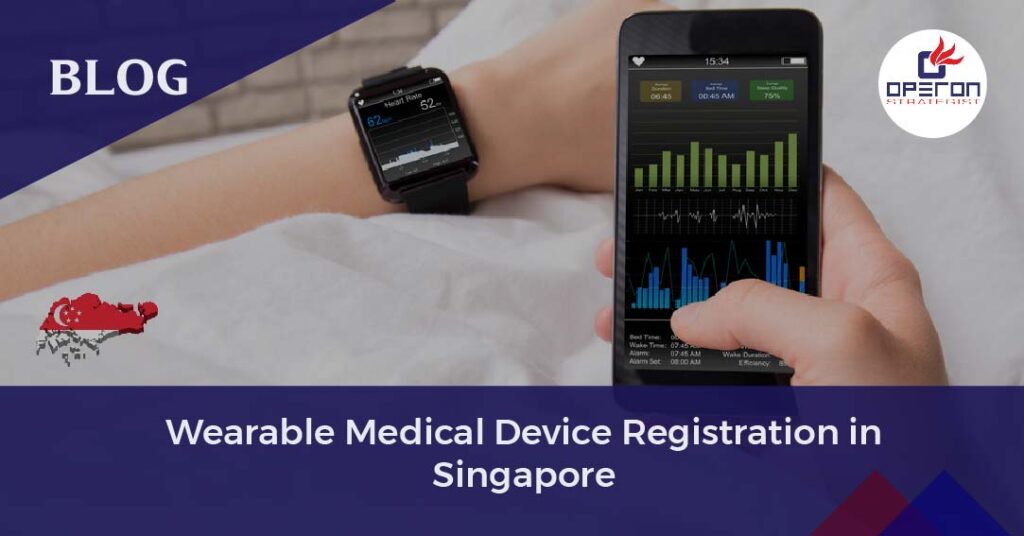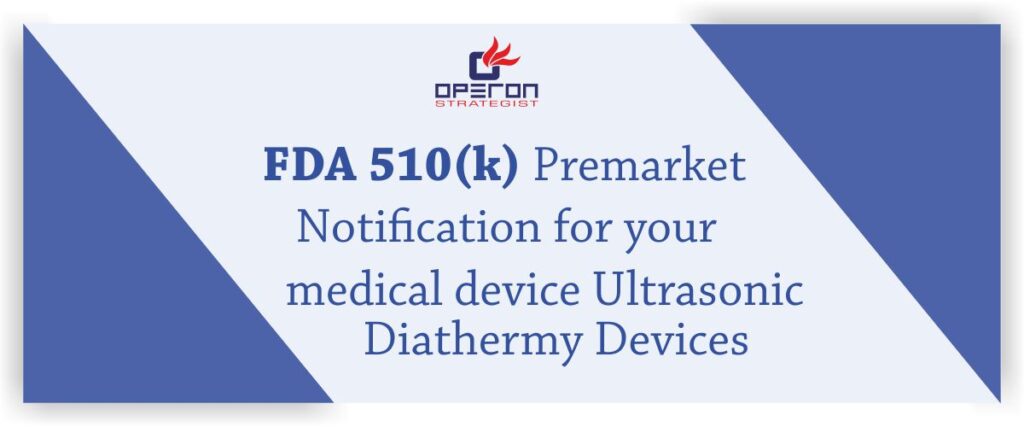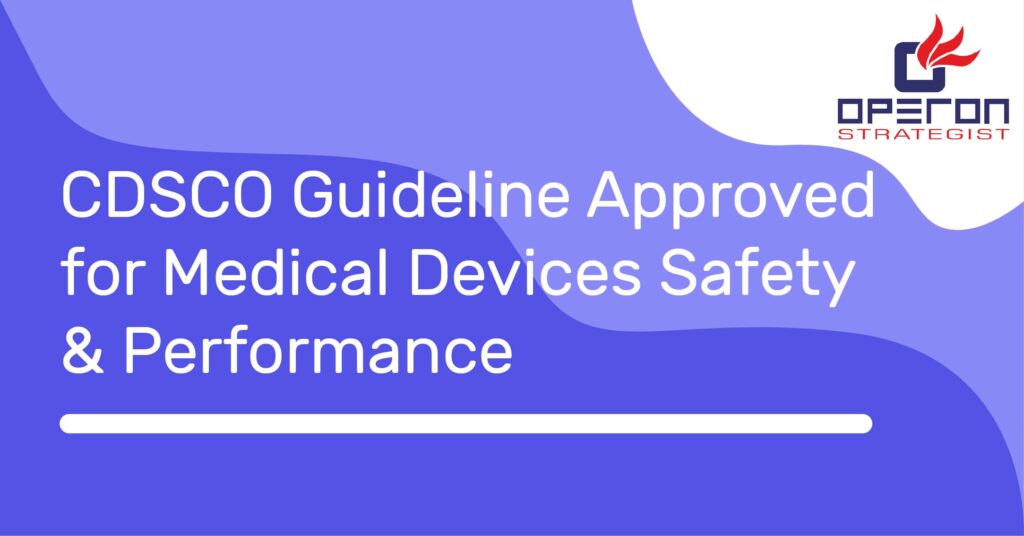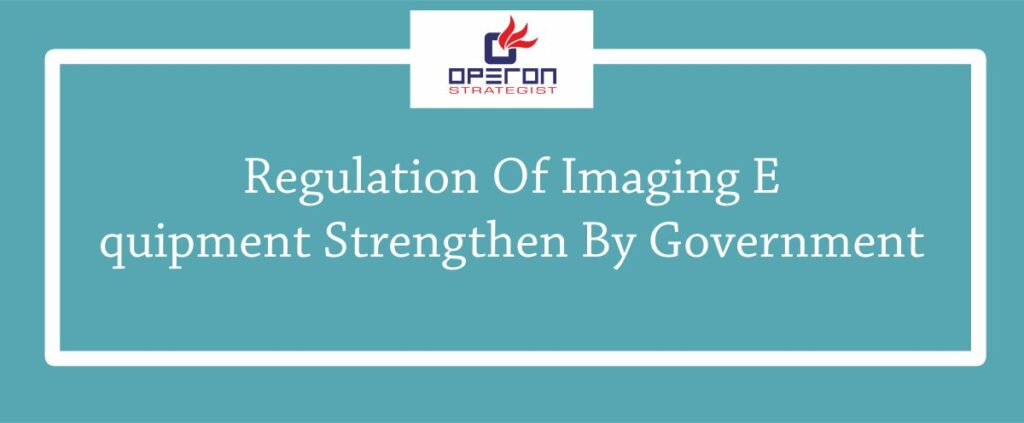Introduction:
In the quickly developing world of medical care innovation, wearable medical devices have arisen as a progressive development. These devices, going from wellness trackers to far-off remote patient monitoring systems, have changed the way we approach wellbeing and health. However, before these devices can advance toward the hands of consumers in Singapore, they must initially navigate the unpredictable labyrinth of administrative consistency set out by the Health Sciences Authority (HSA). This blog plans to demystify the process of wearable medical device registration in Singapore.
You can also check out our blog page on wearable medical devices.
Looking For Medical Device Regulatory Consultant?
Let’s have a word about your project
Singapore's Regulatory Framework for Wearable Medical Devices:
In Singapore, the regulatory framework for wearable medical devices is managed by the Health Sciences Authority (HSA), hence obtaining the vital Health Sciences Authority (HSA) Medical Device Registration certificate is the primary requirement. Depending on device risk classification, you may also need a Declaration of Conformity (DoC), ISO 13485 compliance, and other test reports. CE marking, while beneficial, doesn’t replace HSA registration. Clinical data (for high-risk devices) and compliant labeling/packaging are also essential.
Key Steps for Registering Wearable Medical Devices in Singapore:
- Determine Device Classification: Determine your wearable medical device’s risk level (Class A to D).
- Compile Technical Documentation: Assembles all necessary documentation, such as technical specifications, test results, and clinical information.
- Submit Application: Apply for medical device registration with the Health Sciences Authority (HSA).
- Conduct Risk Assessment: Undergo risk assessment in line with HSA requirements.
- Labeling and Packaging: Ensure adherence to HSA labeling and packaging guidelines.
- Quality Management: Implement ISO 13485 quality management system.
- Clinical Data: Provide clinical data for higher-risk devices, if it is applicable.
- Post-Market Surveillance: Establish a performance and safety monitoring system.
Navigating Compliance Challenges for Wearable Medical Devices in Singapore:
Navigating compliance for wearable medical devices in Singapore means understanding HSA regulations, differentiating products, ensuring software compliance. Also, The HSA has published regulatory guidelines for software medical devices to mitigate digital threats such as cybersecurity, data integrity, and data security. Moreover, managing risks and exploring continuous care possibilities proves to be very vital in this process.
However, this process may seem hurdle less; it’s always wise to seek advice from a regulatory expert to ensure you’re meeting all the necessary requirements for your Wearable Medical Device.
Benefits of Registering Wearable Medical Devices in Singapore:
Access to the Singapore Market: Registration allows you to legally supply your device in Singapore.
Priority Review Scheme: This scheme offers faster registration and market entry for medical devices.
Recognition by Other Countries: Singapore’s Health Sciences Authority (HSA) is a well-respected regulatory body, and approval by the HSA can facilitate approval processes in other countries.
Conclusion:
Navigating the complex regulatory landscape of wearable medical devices in Singapore can be challenging, but do not worry – at Operon Strategist, we can assist you comprehend and comply with the HSA’s standards using our 12+ years of industry experience and regulatory expertise, assuring a simple and successful registration procedure. Above all of this, we also assist with post-market surveillance requirements, keeping you compliant even after your device hits the market. Reach out to us today!





